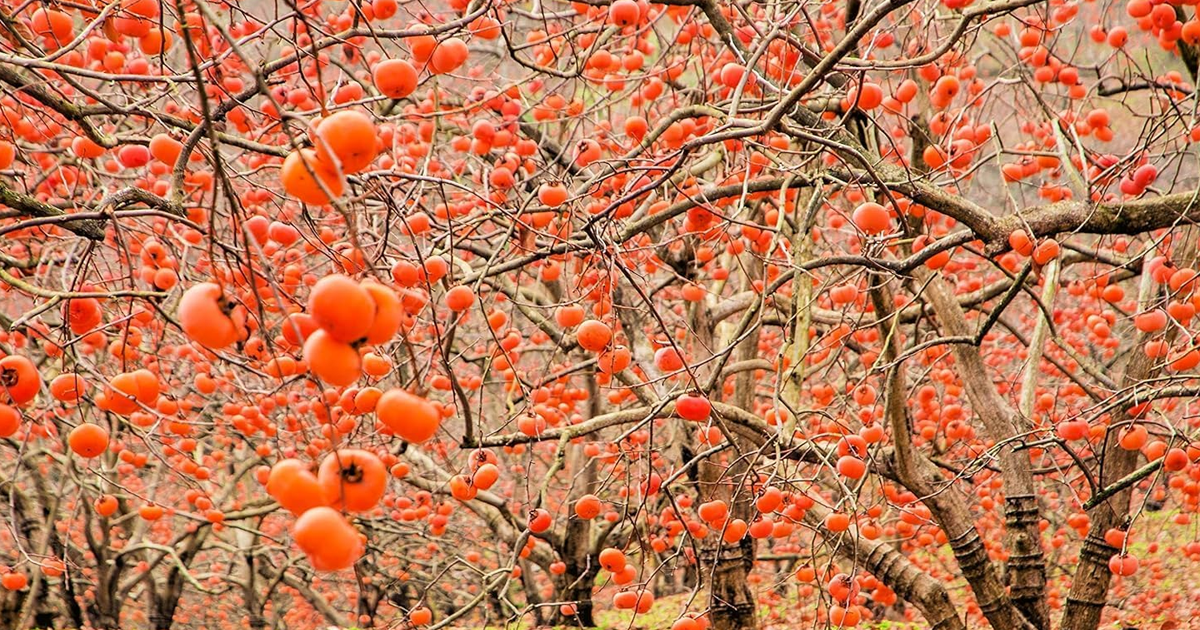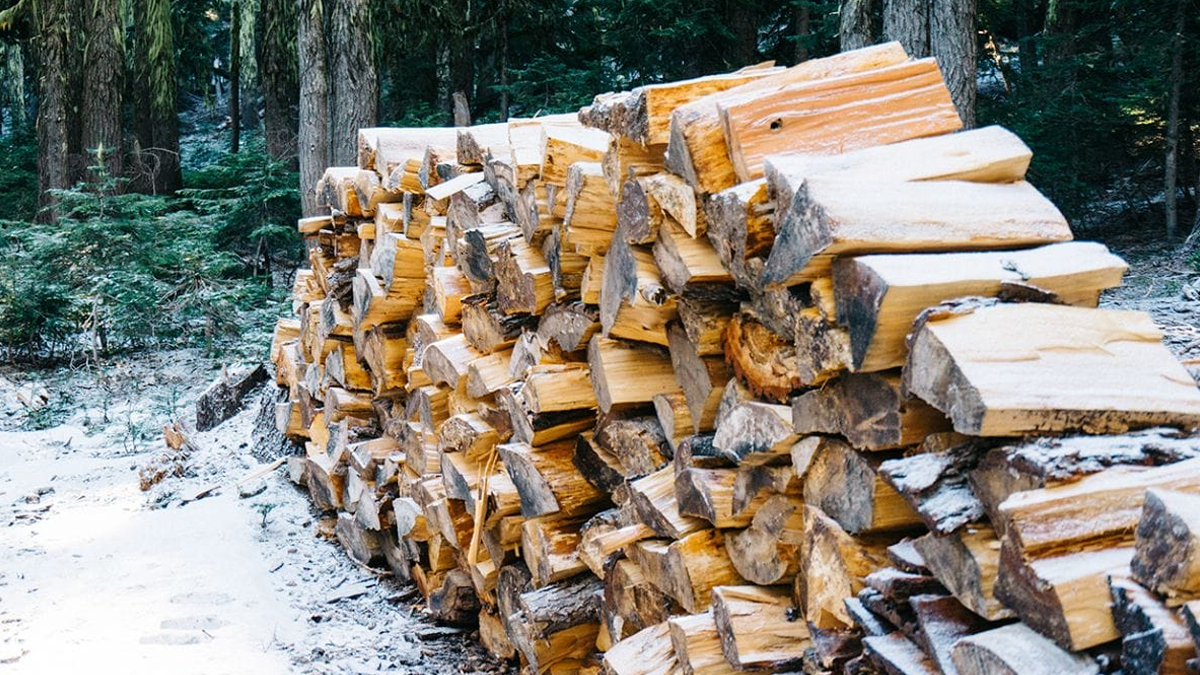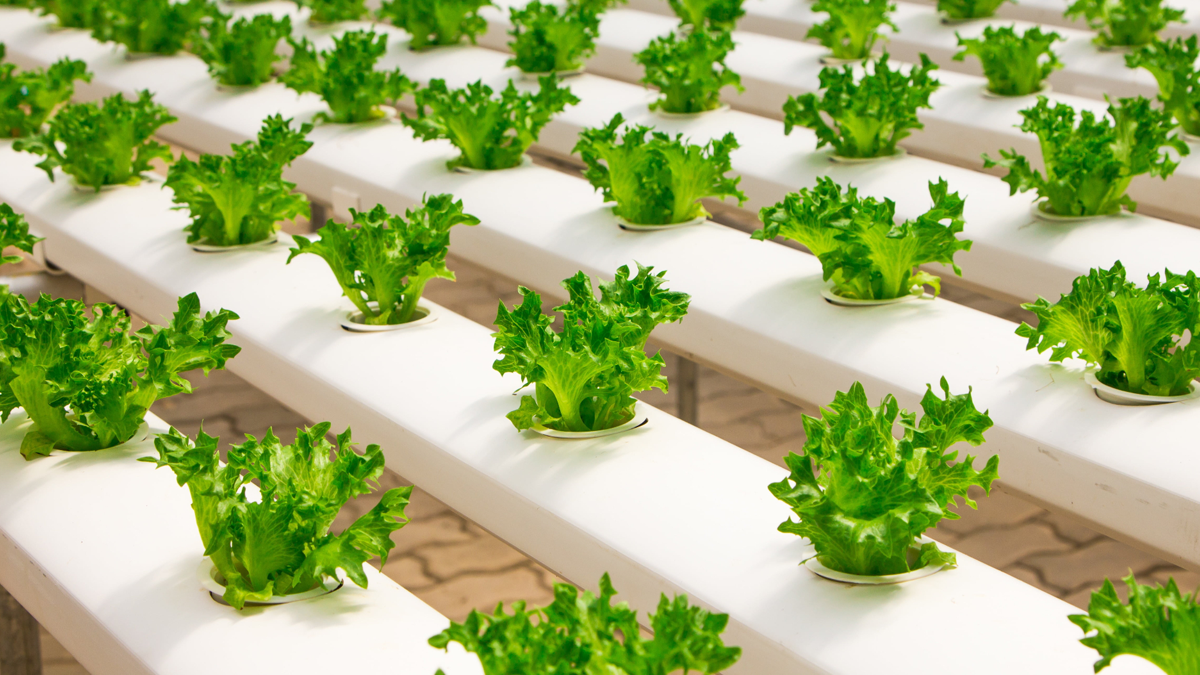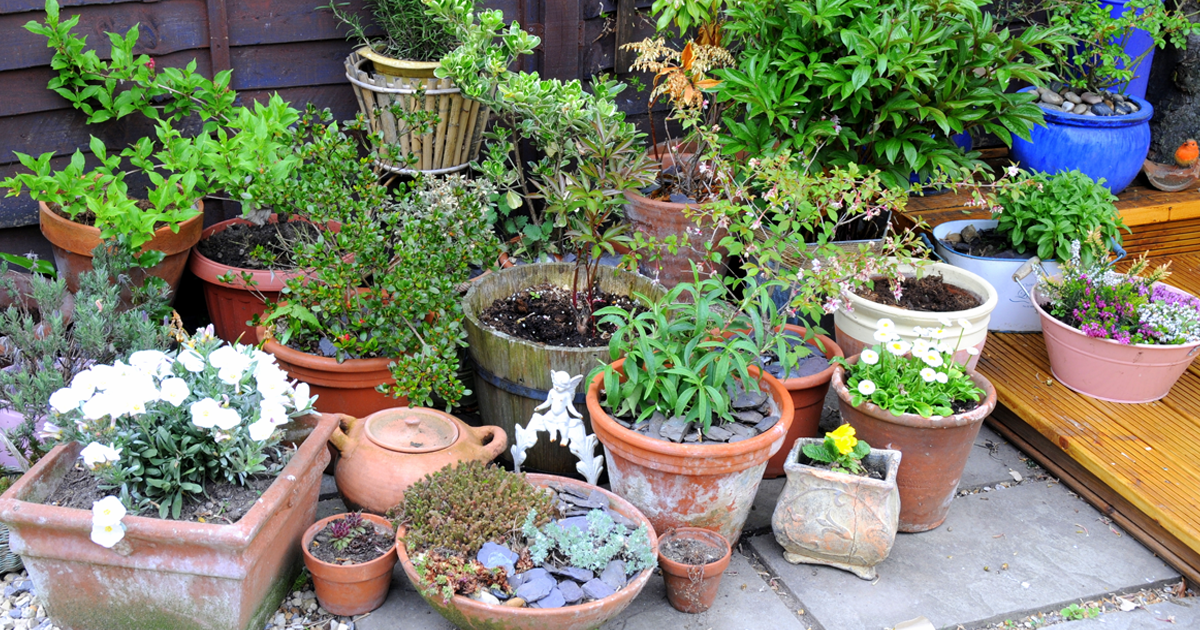Why Are My Flowers Molding? A Complete Guide to Prevention and Treatment

Introduction
Why Are My Flowers Molding resonates very well among gardeners and flower lovers. Mold on flower petals is frustrating as it can affect their typical beauty and indicate other problems, from poor air circulation to excess moisture to possible fungal infections. By understanding the reasons behind mold and cascade prevention and treatment methods, one would strive to keep flowers standing bright and healthy indoors and outdoors.
Understanding Flower Mold
Mold: The kind of fungus that flourishes in a wet and humid environment. A white or grayish or black or greenish fuzzy growth is shown on the petals, leaves, and stems. Mold can weaken the plant in many ways, shortening its lifespan, and when the infected parts are not treated soon, it’ll spread quickly.
Common Types of Mold Affecting Flowers
Botrytis Blight (Gray Mold): It appears as fuzzy gray growth on the petals and leaves, all under damper conditions.
Powdery Mildew: This simply refers to a white powdery growth on leaves and flowers due to a lack of proper air circulation.
Downy Mildew: Yellowish lesions on leaves with a dusty or fuzzy underside, develop in a cool, moist situation.
Black Mold: This occurs as black mold mainly on flower stems or petals when the plants are excessively watered or overly humid.
Causes of Flower Mold
The reason behind mold found in flowers varies from one another. Identifying the reason for flower mold will help in eliminating or managing it properly.
1. Excess Moisture
These flowers become affected with molds where they are subjected to excessive watering or kept in humid conditions. Water standing on the flower petals or in the soil acts as a fungus culture.
2. Poor Air Circulation
Packing flowers close to each other restricts air movement resulting in high humidity and mold formation.
3. Overwatering
More water means that soil will be wet for long, thus favoring mold on its roots and stem.
4. Lack of Sunlight
Flowers kept under non-sunlight conditions dry improperly and thus provide more time for molds and fungal infections to develop.
5. Soil or Pot Contamination
Reusing old or infested soil can induce mold spores that develop quite fast in flowers.
6. Dead or Broken Plant Materials
Petals dried up or other pieces of plant parts in flower beds or in vases create an environment very suitable for mold growth.
How to Prevent Flowers from Molding
Prevention is what it should be when it comes to managing mold. Here are a few guidelines that a gardener may use to stay mold-free with their flowers.
1. Proper Watering Method
- Water the plant well by early in the morning, so that the wet moisture evaporates during the day.
- Avoid watering flowers overhead. Properly water just the base to keep their petals dry.
- Provide adequate drainage holes in pots and beds so there will be no standing water.
2. Proper Air Flow
- Place plants well from one another so there would be air circulation amongst them.
- Place fans inside to reduce indoor humidity.
- Prune any excess foliage to enhance air movement.
3. Direct Sunlight
- Place flowers in well-sunlit areas to help dry them off more easily.
- Do not grow flowers in always shaded areas with very high humidity.
4. Fungistatic Soil
- Choose well-draining soil and avoid reusing older soils. Old soils may contain mold spores.
- Add sand or perlite to improve drainage.
5. Periodic Cleaning of Dead Plant Materials
- Remove immediately fallen petals, leaves, and stems; otherwise, fungal structures may find their way.
- Regular cleaning of both garden beds and flower vases.
6. Apply Natural Antifungal Solutions
- Use 1 teaspoon baking soda per gallon of water as a preventive spray.
- Neem oil and diluted hydrogen peroxide may also be used as an offending agent against mold infestation.
- Cinnamon can also be sprinkled over the surface of the soil to prevent fungal infections.
How to Treat Mold on Flowers
If mold forms on flowers, treat them as soon as possible to prevent further damage.
Step 1: Isolate Infected Flowers
- Infected plants should be moved away from healthy ones to limit the spread of mold spores.
Step 2: Remove Moldy Parts of the Plant
- Infected leaves, petals, and stems should be carefully cut off with sterilized pruning shears.
- Dispose of all the removed plant material away from the garden.
Step 3: Apply Fungicides or Natural Remedies
- A commercial fungicide effective against the specific mold should be used.
- These include a home remedy; spray the affected areas with a mixture of 1 part milk to 2 parts water, which helps to control powdery mildew.
Step 4: Alter the Environment
- Water less and allow more drainage.
- Improve air circulation by spacing plants apart or turning on a fan indoors.
- If possible, give flowers more exposure to the sun.
Mold on Cut Flowers: Causes and Solutions
Fresh flowers, especially when placed in stagnant water, become vulnerable to molds. Below is an assortment of methods for preventing molds on fresh arrangements:
1. Clean Vases: Always wash vases with soap and water before use.
2. Change Water Regularly: Change water in the vase every 1 or 2 days to eliminate bacteria and mold.
3. Trim Stems: Angled cuts in stems and removal of submerged leaves can prevent mold from growing in the water.
4. Add Natural Preservatives:
- Add 1 teaspoon each of vinegar and sugar to the water to keep cut flowers longer.
- A little bit of bleach will help to keep bacteria and mold at bay.
Common Flowers Susceptible to Mold
Some flowers tend to develop mold more rapidly than others due to the presence of delicate petals or moisture retention. These include:
Roses: Prone to botrytis blight and powdery mildew.
Peonies: Under gray mold attack, especially when humidity is high.
Lilies: Develop mold easily on the petals as a result of too much moisture.
Hydrangeas: Because of the very high moisture content, they will easily become a good target for mold.
Dahlias: Sensitive to waterlogging and poor air circulation.
Conclusion
Some gardeners or flower lovers may wonder why are my flowers molding. Many conditions cause molding, among which excess moisture, poor air circulation, overwatering, and soil contamination are major. It is thus easy to avoid having flowers fall to mold through employing measures like correct watering, improving air circulation, and applying natural antifungal treatment. Even when the mold forms, early detection and quick measures can save the affected flowers and stop any further spread. With proper care, flowers can remain healthy, vibrant, and mold-free for much longer periods.





